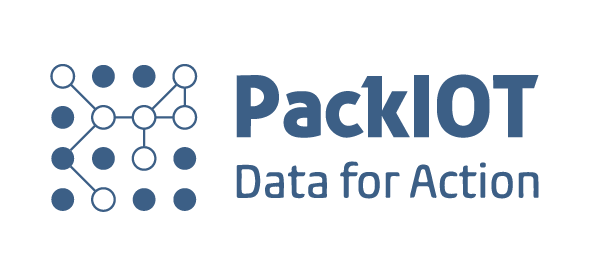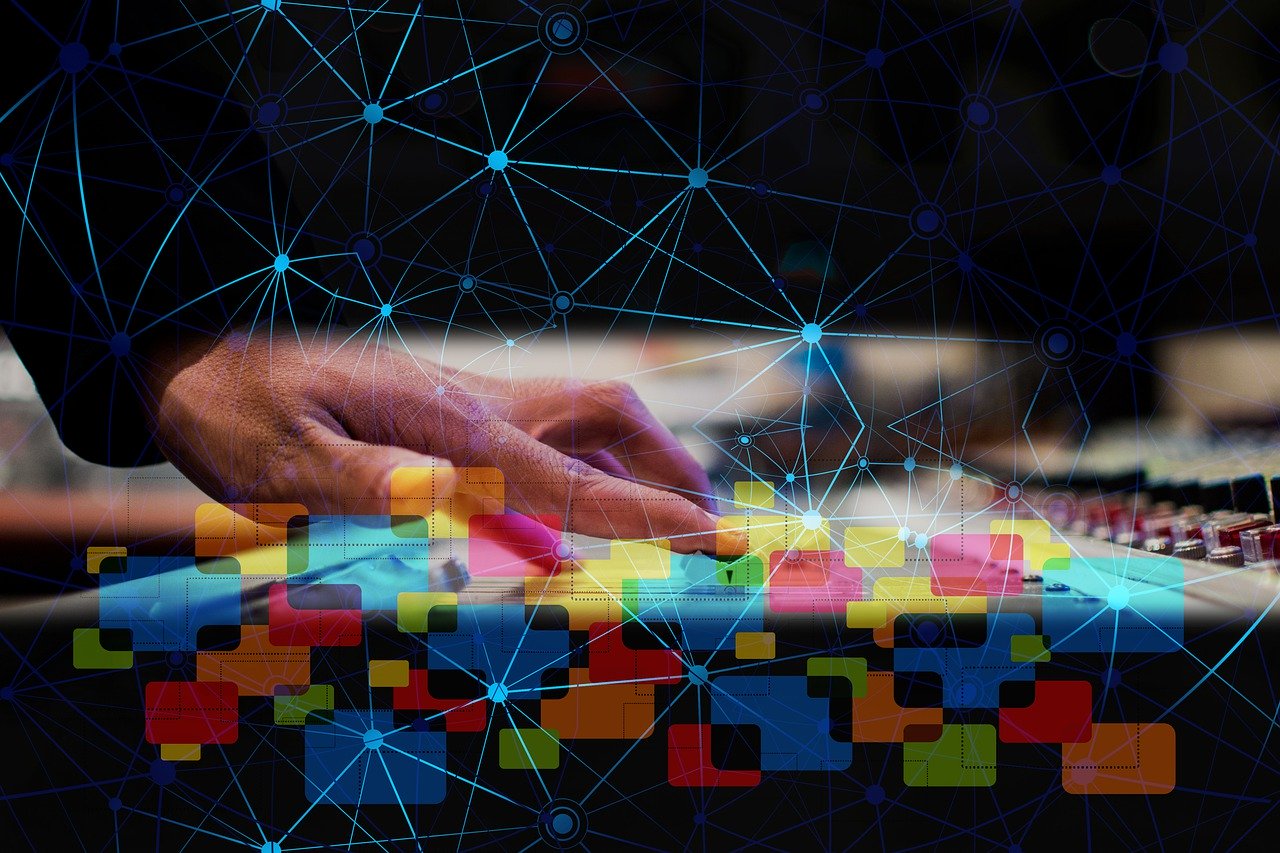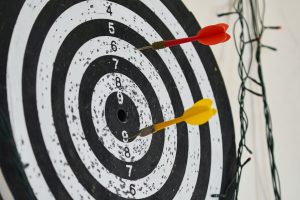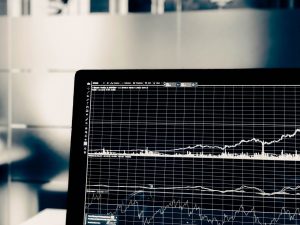Since we have decided to discuss relevant terms and expressions, it is almost impossible not to start with this one: digital transformation.
Well, digital transformation can be defined as a phenomenon that incorporates the use of digital technology to traditional problem solutions. Thus, it encompasses procedural changes in different spheres of society. This transformation modifies the paradigm of the use of technology, for example, in the following areas: government, economy, labor market, industry, future of work, education, medicine, arts, science, global communication, among others.
We know it is hard to stay on top of everything since a lot of news (and new terms) are constantly coming out. That is why we have prepared this guide to help you get to know the main terms and expressions used within the 4.0 industry, internet of things and digital transformation contexts.
I hope you make good use of them at your next meeting.
3D Simulation
Products, materials or even processes that can be simulated in 3D: so that it is possible to analyze actual data and thus improve the models before implementation.
Advanced Manufacturing
It is the combination of automation in the industry, with advances in computing, connectivity and IT. Advanced manufacturing enables production to become much faster, more flexible and integrated. In addition, it can be managed remotely and in real-time.
Advanced Robotics
It is the technology that makes it possible to use robots in industry and services, such as manufacturing, maintenance, cleaning, and other functions. Their usage in factories creates a more agile, productive, competitive and safe market. Industrial robots usually perform repetitive tasks that require precision.
Artificial Intelligence (AI)
Artificial Intelligence enables machines to learn patterns and make decisions for themselves. In industry, it allows a large increase in production at a much lower cost, making plants more competitive and efficient. It is one of the cornerstones of almost all technologies involving Industry 4.0.
Algorithm
A sequence of mathematical instructions and rules that a computer uses to calculate an answer.
Augmented Reality (AR)
Augmented reality (AR) is an interactive experience of a real-world environment where the objects that reside in the real world are enhanced by computer-generated perceptual information, sometimes across multiple sensory modalities, including visual, auditory, haptic, somatosensory and olfactory.
Automation
Describes the use of digital systems to control equipment and machinery within a factory.
Autonomous
These are technologies that can work on their own, without human intervention. Robots, drones and even cars can be autonomous. They automate functions using artificial intelligence and can interact with other machines, objects, and people, in an intelligent way.
Big Data
It corresponds to the huge volume of data constantly collected, processed and analyzed by software/models. They can be used to predict patterns, detect errors, and understand the consumption profile of customers. It is based on this data that the Internet of Things, Artificial Intelligence, Deep Learning, and many other Industry 4.0 technologies work. Get more info on Big Data.
Blockchain
Originally, a blockchain is a growing list of records, called blocks, which are linked using cryptography. Each block contains a cryptographic hash of the previous block, a timestamp, and transaction data (generally represented as a Merkle tree).
By design, a blockchain is resistant to data modification. It is “an open, distributed ledger that can record transactions between two parties efficiently, and in a verifiable and permanent way”.
Business Intelligence
It is not enough to have the data, it is necessary to transform it into action and extract feasible insights from it. Business intelligence comprises the strategies and technologies used by enterprises for the data analysis of business information. BI technologies provide historical, current, and predictive views of business operations
Collaborative robots
A type of machine that, unlike traditional ones, can work alongside humans without any safety risk. They perform numerous functions and are very adaptable, changing activity or working capacity according to the demand of the moment.
Cyber-Physical Production Systems (CPPSs)
Physical and digital items are connected, monitored and managed with computer programming and algorithms.
Cyber-resilience
This is a “new” term, and only used in specific contexts of modern business challenges. Check it out the World Economic Forum definition: At its simplest, being cyber-resilient means taking measures to prevent and protect against the criminal or unauthorized use of electronic data. As digital transformation gathers pace, cyber-resilience will move up the world’s agenda. The number of data breaches is increasing, as is the severity of the attacks. Based on the Gemalto Breach Level Index,1 the first half of 2018 saw 945 data breaches affecting 4.5 billion records, a 133% increase over the same period last year. More than 90% of events involved unencrypted data and 65% identity theft. A significant number of breaches involved government records. The Forum recently published the 2018 Global Risk report,2 showing the increasing risks to cybersecurity over the past decade. More pointedly a respondent pool of 12,500 companies covering the three largest regions of North America, Europe and EAPAC named digital cyber-resilience as the biggest global risk. Business, government and citizens all stand to lose if we cannot create a safe digital environment to capture the potential gains from the Fourth Industrial Revolution.
Data Science
This is an academic/professional field that comprises several components for data analysis and interpretation through mathematics, statistics and information technology. Thus, a data scientist not only collects and analyzes inputs, but also interprets and relates the facts to the context in which they are inserted.
Deep Learning
Deep learning is part of a broader family of machine learning methods based on artificial neural networks with representation learning. Learning can be supervised, semi-supervised or unsupervised.
Digital supply chain
An environment where processes are web-based. If organisations want to successfully implement Industry 4.0 concepts, they will need to integrate a digital supply chain into their processes. Greater connectivity allows greater sharing of manufacturing processes, production control and scheduling.

Edge computing
Edge computing is where processing takes place at (or near) the physical location of the user or data source. With the closest processing, users benefit from faster and more reliable services, while enterprises take advantage of the flexibility of hybrid cloud computing. Edge computing is one way a company can use and distribute a pool of resources across a large number of locations.
Fog computing
Extending cloud computing to the edge of an enterprise’s network, reducing the amount of data transferred to the cloud for processing and analysis, improving security. This creates efficiencies and has opportunities for companies concerned with compliance issues.
Human-Machine-Interface (HMI)
HMI is the space where interactions between humans and machines take place. Applications within Industry 4.0 center around machine control achieving new levels of safety and efficiency.
Industrial Software
These are programs that help in the collection, manipulation, and evaluation of digital data from industry. With industrial software, the connected machines take all the data to a single system.
Industry 4.0
Industry 4.0 is the subset of the fourth industrial revolution that concerns the industry. The fourth industrial revolution encompasses areas that are not normally classified as an industry, such as smart cities, for instance.
Although the terms “industry 4.0” and “fourth industrial revolution” are often used interchangeably, “industry 4.0” factories have machines which are augmented with wireless connectivity and sensors, connected to a system that can visualize the entire production line and make decisions on its own.
In essence, industry 4.0 is the trend towards automation and data exchange in manufacturing technologies and processes which include cyber-physical systems (CPS), the internet of things (IoT), industrial internet of things (IIOT), cloud computing, cognitive computing, and artificial intelligence.
According to PwC, the concept of Industry 4.0 should be based on three different pillars, starting with the necessary digitalization and integration of vertical and horizontal value chains. The second factor, according to PwC, concerns the digitalization of products and services and, finally, a third condition is supported in digital business models and the consequent access of the consumer.
Internet of Things (IoT)
The Internet of things (IoT) is a system of interrelated computing devices, mechanical and digital machines provided with unique identifiers (UIDs) and the ability to transfer data over a network without requiring human-to-human or human-to-computer interaction.
Interoperability
A computer system or software’s capacity to communicate and exchange data with other machines and software systems.
Lights out environment
Lights out manufacturing is a methodology, rather than a specific process, referring to fully automated factories that run ‘lights out’ and require no human presence on-site, hence, they can run with the lights off. A fully automatic factory is one where raw materials enter and finished products leave with little or no human intervention.
M2M
Machine-to-machine communication: when networked devices can exchange information and perform actions without the manual intervention of humans. The technology that underpins the Internet of Things.
Manufacturing Execution System (MES)
A production system that allows real-time management. The system records and links operational data (from machines and personal deployment), and is usually connected to the organization’s additional automation systems. MES operates at the operational management level and creates a link between the corporate and operational management levels.
Open data
Data that is available for public use without restriction.
Open interconnected systems (OSI)
This is a model that describes how different components in a network communicate with each other. OSI divides communication into 7 layers, called stations. All stations are recorded in a protocol so that they can receive the necessary information from the inner layer and thus function effectively.
Overall Equipment Effectiveness (OEE)
The evaluation of how effectively equipment is working in a manufacturing environment. (This is a key concept, depending on your digital transformation goals).
Platform
A system comprising a hardware device together with an operating system that an application, program or process can run upon.
Predictive maintenance
The capacity to predict the productivity and maintenance needs of machines within a smart factory. Where predictive maintenance also has potential is for machine manufacturers to have data coming back to them after their products are installed in the customer’s factories. By better understanding how a product is used and being able to detect defects (and ideally, remote maintenance) leads to better future design and improved customer relationships.
Production analytics (software)
A production analysis software is a platform that helps you to visualize in real time the data of your machines, lines and factories. In addition to live tracking, you can also analyze historical data and make predictions based on inputs collected from sensors.
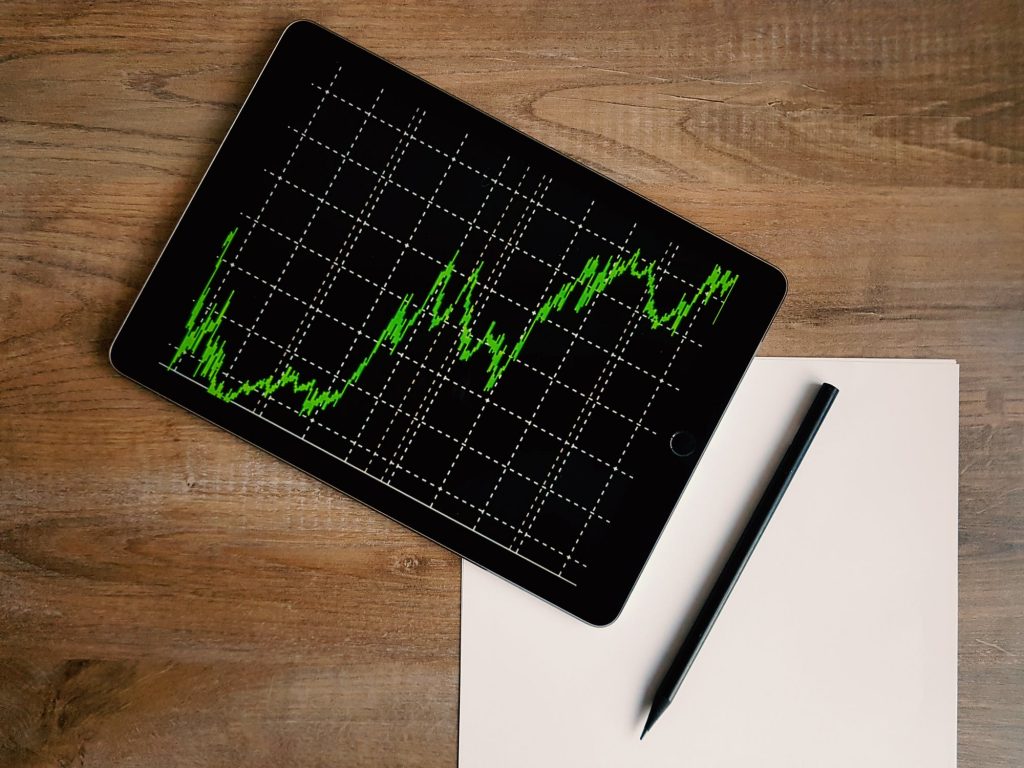
RAMI 4.0 (Reference Architecture Model Industry 4.0)
RAMI 4.0 is a three-dimensional structural model that presents the levels and participants of Industry 4.0 in a way that is easy to understand. In this model, the processes are divided into smaller units and it is possible to visualize the structure hierarchy of a modern plant. The functions, processes and data are integrated, allowing a description of the product life cycle. RAMI 4.0 enables you to exchange information securely and develop the manufacturing process.
SaaS
Software as a service (SaaS) is a form of software distribution and marketing. In the SaaS model, the software supplier is responsible for all the necessary structures to make the system available (servers, connectivity, information security care), and the client uses the software via Internet, paying a fee for the service.
The SaaS model offers software as a service with specific purposes that are available to users on the Internet. Software systems are accessible from multiple devices, through a client interface, on a client-server model network such as a Web browser. In SaaS, the user does not manage the individual features of the application, except for specific configurations. Therefore, developers focus on updating rather than infrastructure, leading to rapid development of software systems.
Smart factory
Factories that are monitored by artificially intelligent machines that oversee the manufacturing process, reducing the manpower traditionally required on the factory floor. The data provided by the connected elements brings huge opportunities for businesses to better understand their process, potential flaws and, ultimately, to implement considerable efficiencies.
Smart manufacturing
An environment where computers control decision-making in which the physical and digital are connected and communicate with one another to improve production.
SCADA (supervisory control and data acquisition)
This is an application rather than a specific technology. A control system in which peripheral devices are used to the interface, in addition to computers and other networks.
Virtual Reality (VR)
A computer-generated simulation of a three-dimensional image that can be interacted with in a seemingly real or physical way by a person using special electronic equipment. In the manufacturing environment it can allow for rapid visualisation, prototyping and simulation.
User experience (UX)
User experience (UX) is the set of elements and factors related to user interaction with a given product, system or service whose result generates a positive or negative perception.
An important concept in UX design is the process by which users form experiences. When the user encounters a product, it forms a momentary impression, which evolves over time.
